How To Prevent Frozen Pipes: Winter-Proofing Your Home
While every city might not get a dumping of snow, lower winter temperatures still bring the potential headache of frozen pipes. As temperatures drop, the risk of pipes freezing and causing damage to your home increases. How? When water freezes, it expands, creating pressure that can lead to pipe bursts.
But, you’re in luck! With a few proactive steps, you can winter-proof your plumbing system and avoid a call to your plumber. In this quick guide, we'll break down five practical tips on how to prevent frozen pipes and keep your home's plumbing in top shape during the winter months.
1: Allow a Faucet to Drip
When the winter chill sets in, one effective way to prevent pipes from freezing is to allow a slight trickle or drip from the faucet. Doing this creates a continuous flow of water through the pipes, reducing the chance of still water freezing and causing blockages. Choose a faucet that’s strategically located, like one connected to an exterior wall, and let it run at a slow drip during extremely cold nights.
2: Seal Up Cracks and Holes
Inspect the areas around your pipes for any cracks or holes, especially in spaces where pipes are exposed to cold air, like around hose bibs leading outside. Seal these gaps with caulking to prevent cold air from coming in—by keeping cold air out and warm air in, you’ll create an environment for your pipes that allows water to flow more freely and withstand freezing temperatures.
3: Add Extra Insulation
Pipes in poorly insulated areas, like basements, attics, and garages, are more likely to freeze. Take the necessary steps to add extra insulation to these exposed pipes! Pay special attention to pipes leading to the water heater, ensuring they’re well-insulated to keep them working properly during the coldest months of the year.
4: Insulate Vulnerable Areas
Identify vulnerable areas in your plumbing system and provide additional insulation as needed. This includes insulating crawl spaces, wall cavities, and any other regions where pipes may be at risk of freezing. Proper insulation acts as a barrier against the cold, keeping a stable temperature around your pipes and preventing ice from forming.
5: Monitor Weather Forecasts
Keep an eye on upcoming weather conditions, especially during freezing spells! When a severe drop in temperature is predicted, take extra precautions to protect your pipes. Consider letting faucets drip overnight, even if it's not extremely cold, as a proactive measure to prevent freezing
In Conclusion
Protecting your home from the inconvenience of frozen pipes involves a combination of preventive measures and a proactive mindset. By allowing faucets to drip, sealing up cracks, adding insulation, and staying aware of weather forecasts, you can significantly reduce the risk of frozen pipes, and worst, pipe bursts! Don't let winter catch you off guard—follow these tips on how to stop frozen pipes to keep your plumbing system running smoothly all season long.
For more in-depth guidance or if you have specific questions about winterizing your plumbing, reach out to your friendly neighbourhood plumbers at Austin Plumbery! Our team is here to make sure your home’s plumbing is running smoothly so you can enjoy a worry-free winter.
FAQs About Preventing Frozen Pipes
Q: Why do pipes freeze in winter?
A: Pipes freeze in winter due to low temperatures causing the water inside the pipes to drop below freezing point. When water freezes, it expands, creating pressure that can lead to pipe bursts.
Q: How does letting a faucet drip prevent frozen pipes?
A: Allowing a faucet to drip during freezing temperatures ensures a continuous flow of water, reducing the risk of stagnant water in the pipes freezing. Moving water is less likely to freeze, preventing blockages.
Q: Which pipes are most vulnerable to freezing?
A: Pipes in uninsulated areas like basements, attics, and garages are more vulnerable. Pay special attention to pipes leading to the water heater, as they are crucial for maintaining functionality in cold weather.
Q: What should I use to seal cracks around pipes?
A: Use waterproof caulking to seal cracks and holes around pipes. This helps keep the cold air out and the warm air in, providing an additional layer of protection against freezing.
Q: How can I monitor weather conditions to prevent frozen pipes?
A: Stay informed about upcoming weather by regularly checking weather forecasts. Take extra precautions, such as letting faucets drip, when a severe drop in temperature is predicted.
Q: Is it necessary to insulate crawl spaces for pipe protection?
A: Yes, insulating crawl spaces is crucial. Crawl spaces are prone to temperature fluctuations, and proper insulation acts as a barrier against the cold, safeguarding pipes from freezing.
Q: How often should I check for cracks around pipes?
A: Regularly inspect areas around pipes for cracks, especially before the onset of winter. Perform checks during the fall and take corrective actions promptly to ensure your pipes are well-protected.
💡 Pro Tip:
Be sure to use insulation materials specifically designed for pipes! Foam pipe insulation or fiberglass sleeves are common options. Ensure proper coverage to effectively protect pipes from freezing.
Q: How can I get a quote for fixing frozen pipes or winter-proofing my home?
It’s easy! Just give us a call or text us at (512) 766-1519 to get a quote and schedule a home visit.
Editor’s Note: This post was originally published in February 2018 and has been updated for comprehensiveness and additional information.

